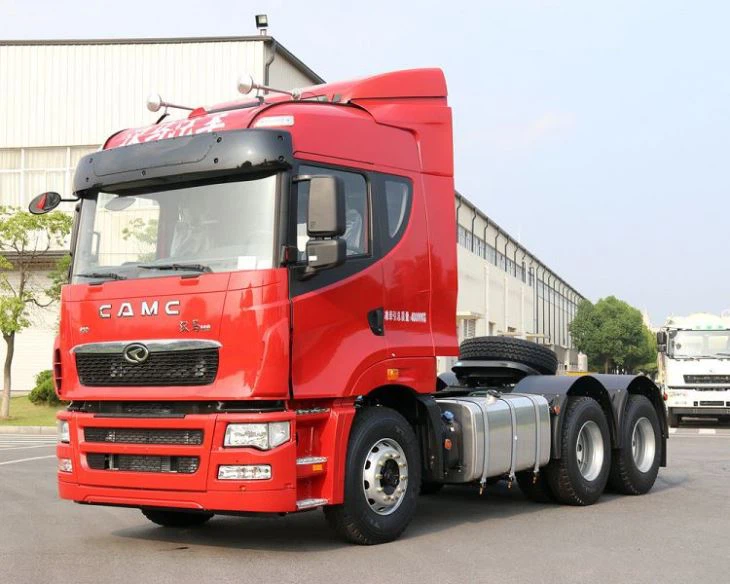Introduction
In an age of convenience and efficiency, the milk delivery truck stands out as a vital part of the food supply chain. Delivering fresh milk right to consumers’ doors, these trucks enable busy families and individuals to enjoy one of life’s simplest pleasures without the hassle of grocery shopping. In this comprehensive article, we will explore the importance of milk delivery trucks, their history, features, types, and more, providing practical examples and tips to better understand their role in our daily lives.
The History of Milk Delivery
Origin of Milk Delivery
The concept of milk delivery dates back to the 19th century when urban areas began to require a reliable means to distribute fresh milk. Due to a rise in population and urbanization, farmers started using horse-drawn carts to deliver milk directly from the farm to urban households.
The Transition to Motorized Delivery
With the invention of motor vehicles in the early 20th century, the milk delivery system underwent a significant transformation. Motorized milk delivery trucks became popular for their efficiency and ability to transport larger quantities over greater distances. This transition marked the beginning of a new era in the dairy industry.
Key Features of Milk Delivery Trucks
Insulation and Temperature Control
One of the most critical features of milk delivery trucks is their ability to maintain a consistent temperature throughout the delivery process. Insulated compartments protect the milk from temperature fluctuations, ensuring it remains at the required standards to prevent spoilage.
Hygiene and Cleanliness
Milk delivery trucks are designed with hygiene in mind. They are regularly cleaned and sanitized to adhere to health regulations. The interiors often contain stainless steel surfaces that are easier to clean and maintain, reducing the risk of contamination.
Easy Accessibility
Milk delivery trucks are equipped with user-friendly ramps and doors that facilitate easy loading and unloading. This accessibility is crucial when delivering to both residential and commercial customers.
Types of Milk Delivery Trucks
Refrigerated Trucks
Refrigerated trucks are specifically designed for transporting dairy products. They have built-in refrigeration units that maintain the ideal temperature for milk transport, ensuring freshness from farm to table.
Box Trucks
Box trucks are versatile vehicles often used by milk delivery companies. They have a large cargo space that can be customized for specific needs, accommodating different types of dairy products and containers.
Vans
For smaller deliveries, vans are often the vehicle of choice. They provide good mobility in urban areas and can navigate tighter spaces, making them ideal for smaller-scale deliveries.
Technology in Milk Delivery Trucks
GPS and Route Optimization
Modern milk delivery trucks are equipped with GPS technology that allows for optimized routing. This technology ensures that deliveries are made efficiently, saving time and fuel costs.
Tracking and Monitoring Systems
Advanced tracking systems monitor the temperature and quality of the milk during transport. These systems provide real-time data that ensures the product is delivered fresh and safe for consumption.
Benefits of Milk Delivery Services
Convenience for Consumers
One of the primary benefits of milk delivery services is convenience. Customers can avoid crowds and long lines at grocery stores, allowing them to dedicate time to other essential tasks.
Supporting Local Dairy Farmers
By using milk delivery services, consumers often support local dairy farms. This helps boost the local economy and promotes the consumption of fresh, locally-sourced dairy products.
Practical Tips for Choosing a Milk Delivery Service
Check Local Availability
Not all regions have access to milk delivery services. Check online or with local dairy farms to see if they offer delivery options.
Assess Your Needs
Before selecting a delivery service, assess how much milk you typically consume. This will help you choose the right service that meets your needs without excess waste.
Read Reviews and Testimonials
Research customer reviews and testimonials to weigh the reliability and quality of the services offered by different milk delivery companies.
How to Properly Store Delivered Milk
Keep it Refrigerated
Store milk in the coldest part of your refrigerator, usually near the back. This temperature helps maintain the freshness of the milk.
Check Expiration Dates
Always check the expiration date on the milk package before use. Consuming milk past its expiration can lead to spoilage and potential health risks.
Transfer to Glass Containers
For better storage, consider transferring milk from plastic containers to glass containers, which can help maintain freshness and flavor.
Frequently Asked Questions (FAQs)
1. What types of milk can be delivered?
Most delivery services offer a variety of milk options, including whole, skim, organic, and plant-based milk alternatives.
2. How often can I schedule milk deliveries?
Delivery schedules vary by service. Some offer daily, weekly, or bi-weekly options, allowing you to choose what best fits your needs.
3. Are milk delivery services more expensive?
The price of milk delivery services can vary but often includes delivery fees. However, many customers find the convenience worth the additional cost.
4. Can I customize my order?
Many milk delivery services allow for customization, so you can choose the types and quantities of milk and other dairy products you prefer.
5. What should I do if the milk arrives damaged?
If your milk order arrives damaged, contact the delivery service immediately for a resolution, including potential refunds or replacements.
6. How do I cancel or change a milk delivery order?
Most services provide an easy process for canceling or changing orders through their website or app. Be sure to check their policy on changes.





